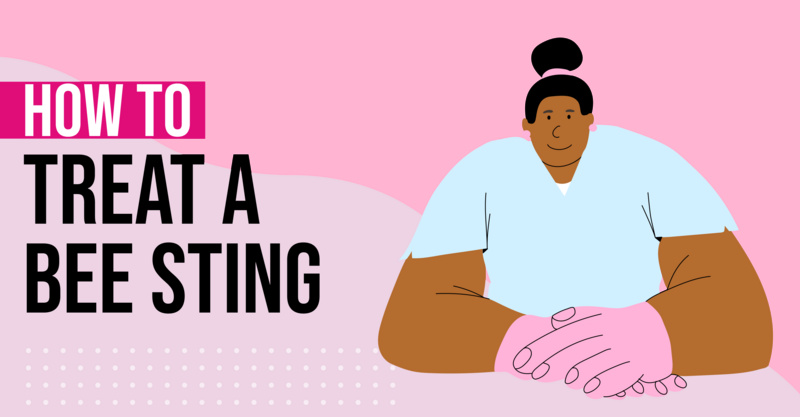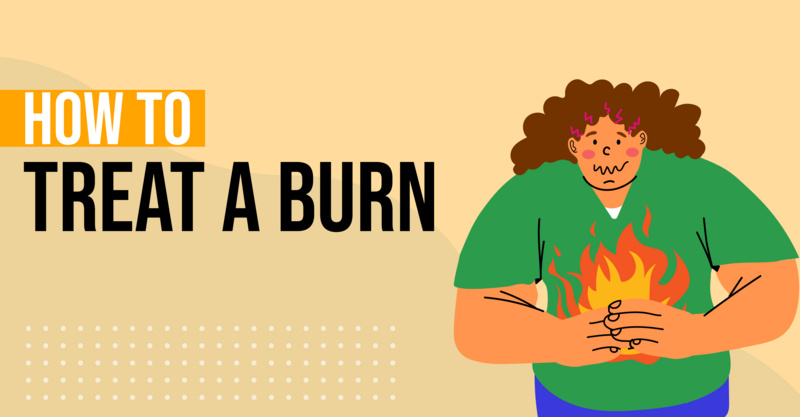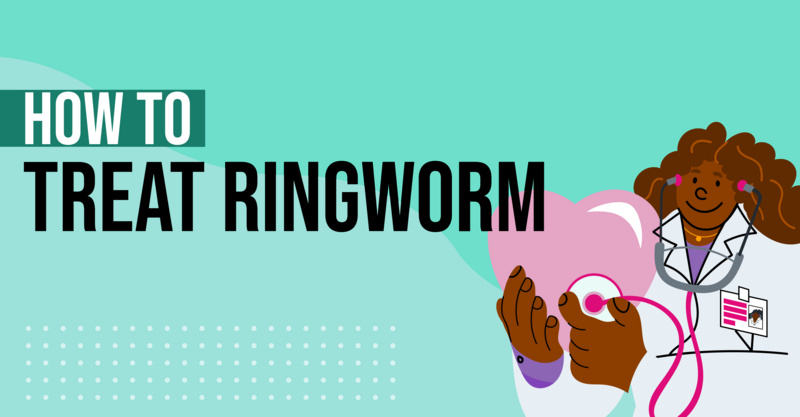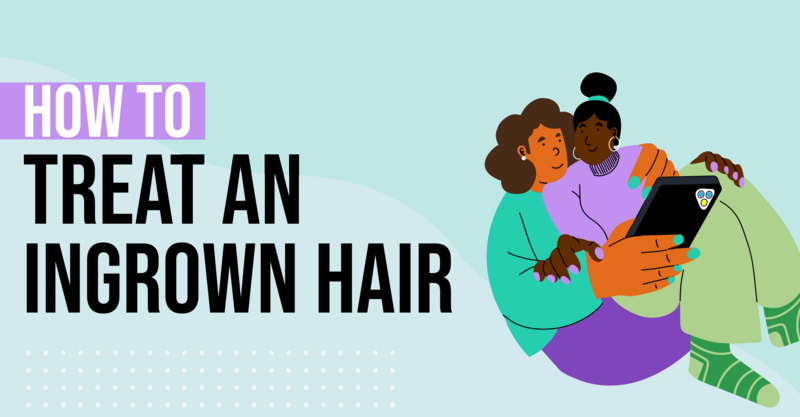Key Points
- Heat rash, or prickly heat, is a skin condition that develops when sweat ducts become blocked, leading to inflammation and a rash, particularly in hot and humid conditions.
- This condition is common among young children, but can affect people of all ages, and is often caused by excessive sweating and the wearing of tight or heavy clothing.
- Prevention strategies include avoiding excessive sweating, wearing loose, lightweight clothing, spending time in cool environments, and keeping the skin cool and dry.
- If left untreated, heat rash can lead to infections, but it can usually be treated with home remedies such as applying a cool, damp cloth to the affected area, taking cool showers or baths, and allowing the skin to air dry.
- Medical attention should be sought if the rash worsens, doesn't improve, or is accompanied by fever or signs of infection, with urgent care centers providing immediate help for heat rash concerns.
What is Heat Rash?
Heat rash develops when the sweat ducts in your skin get blocked and the sweat produced cannot get to the surface of the skin to evaporate. This causes inflammation that results in a rash. It's a condition that affects people of all ages, but it's particularly prevalent among young children.
Symptoms of Heat Rash
The primary symptom of heat rash is a red or pink rash usually found on body areas covered by clothing. It can have a prickly or itchy sensation, hence the name "prickly heat." The rash may feel slightly raised and can create a stinging or intense itching sensation. According to the Mayo Clinic, the most common areas for heat rash to appear are the face, neck, back, chest, and thighs. However, it can also appear in skin folds and areas where clothing causes friction.
Causes of Heat Rash
Heat rash occurs when the sweat glands become blocked. This blockage can be due to excessive sweating, often in hot, humid conditions. The Cleveland Clinic notes that tight or heavy clothing can exacerbate this condition by preventing sweat from evaporating and causing more irritation. Babies often get it because their sweat ducts are not fully developed.
Factors that increase the risk of heat rash include young age (infants), tropical climates, physical activity, prolonged bed rest, and the use of heavy creams or lotions that can block the sweat ducts.
Prevention of Heat Rash
Preventing heat rash involves avoiding situations that lead to excessive sweating. Some effective strategies include:
- Dressing in loose, lightweight clothing.
- Spending time in air-conditioned or cool environments during hot weather.
- Avoiding heavy creams or lotions that can block sweat ducts.
- Keeping the skin cool and dry.
Healthdirect suggests keeping the affected area cool and dry and avoiding exposure to excessive heat and humidity to prevent heat rash. It’s also helpful to use fans or air conditioning during hot weather, and to shower immediately after intense physical activity to remove sweat and cool the body.
In summary, heat rash is a common skin condition, particularly in hot and humid environments. It's characterized by red or pink rashes, often with a prickly sensation, primarily caused by blocked sweat ducts. While it's commonly seen in infants and during summer months, it can affect anyone. Prevention is mainly through staying cool, wearing appropriate clothing, and keeping the skin dry.
Diagnosis of Heat Rash
Typically, heat rash can be diagnosed by looking at the skin and considering recent activities and environmental conditions. As the NHS outlines, a doctor can usually diagnose heat rash by examining the affected skin. There's rarely a need for any complex testing.
Complications of Heat Rash
While heat rash is generally a mild condition, if left untreated, it can lead to more serious complications. These include infections where the rash is located, especially if it's scratched or rubbed. According to the National Center for Biotechnology Information, secondary bacterial infections are possible complications of heat rash.
Treatment for Heat Rash
Treatment for heat rash focuses on alleviating symptoms and preventing future occurrences. The Mayo Clinic suggests the following treatments:
- Keeping the affected area cool and dry.
- Using mild soaps and avoiding heavy creams or ointments.
- Wearing loose, lightweight clothing.
At-Home Remedies for Heat Rash
In many cases, heat rash resolves on its own. Home remedies can help soothe the skin and reduce discomfort:
- Apply a cool, damp cloth to the affected area.
- Take cool showers or baths.
- Allow the skin to air dry instead of using towels.
When to See a Doctor
While heat rash usually isn't serious, there are times when it's advisable to see a doctor. If the rash seems to be getting worse, if it's not improving after a few days, or if it's accompanied by fever or infection signs like increased pain, redness, swelling, or pus, medical attention should be sought.
Role of Urgent Care Centers
For immediate concerns about heat rash, particularly if there's a possibility of infection, visiting an urgent care center can be a practical choice. These centers can provide quick, expert care and advice on managing the rash and preventing future episodes.
Questions to ask your doctor about Heat Rash:
- What is the best way to treat my heat rash?
- Are there any specific products or fabrics I should avoid?
- How can I prevent heat rash from recurring?
- Are there any signs of infection I should watch for?
- Is my medication causing heat rash?
- When should I come back for a follow-up?
Heat Rash is also known as:
- Prickly heat
- Miliaria
- Sweat rash
- Miliaria rubra (a specific type of heat rash)
Final Thoughts
Heat rash, while often a mild condition, can cause significant discomfort. Understanding its symptoms, causes, and effective home remedies can help in managing and preventing this skin issue. Remember, if the rash worsens or shows signs of infection, it's important to seek medical advice. Staying cool, wearing appropriate clothing, and keeping the skin dry are key to preventing heat rash, especially in hot and humid conditions.
Frequently asked questions
What is heat rash and what causes it?
Heat rash, also known as prickly heat, is a skin condition that occurs when sweat ducts in the skin get blocked, leading to inflammation and a rash. It's often caused by excessive sweating and wearing tight or heavy clothing.Who is most susceptible to heat rash?
While heat rash can affect people of all ages, it's particularly common among young children and infants, as their sweat ducts are not fully developed.How can heat rash be prevented?
Heat rash can be prevented by avoiding excessive sweating, dressing in loose, lightweight clothing, spending time in cool environments, and keeping the skin cool and dry.What are the symptoms of heat rash?
The primary symptom of heat rash is a red or pink rash, usually on body areas covered by clothing, accompanied by a prickly or itchy sensation.How is heat rash treated?
Heat rash can usually be treated with home remedies such as applying a cool, damp cloth to the affected area, taking cool showers or baths, and allowing the skin to air dry.When should I seek medical attention for heat rash?
You should seek medical attention if the rash worsens, doesn't improve, or is accompanied by fever or signs of infection.Can heat rash lead to other complications if untreated?
Yes, if left untreated, heat rash can lead to infections.Where can I get immediate help for heat rash concerns?
Urgent care centers can provide immediate help for heat rash concerns, especially if there's a possibility of infection.
Solv has strict sourcing guidelines and relies on peer-reviewed studies, academic research institutions, and medical associations. We avoid using tertiary references.










